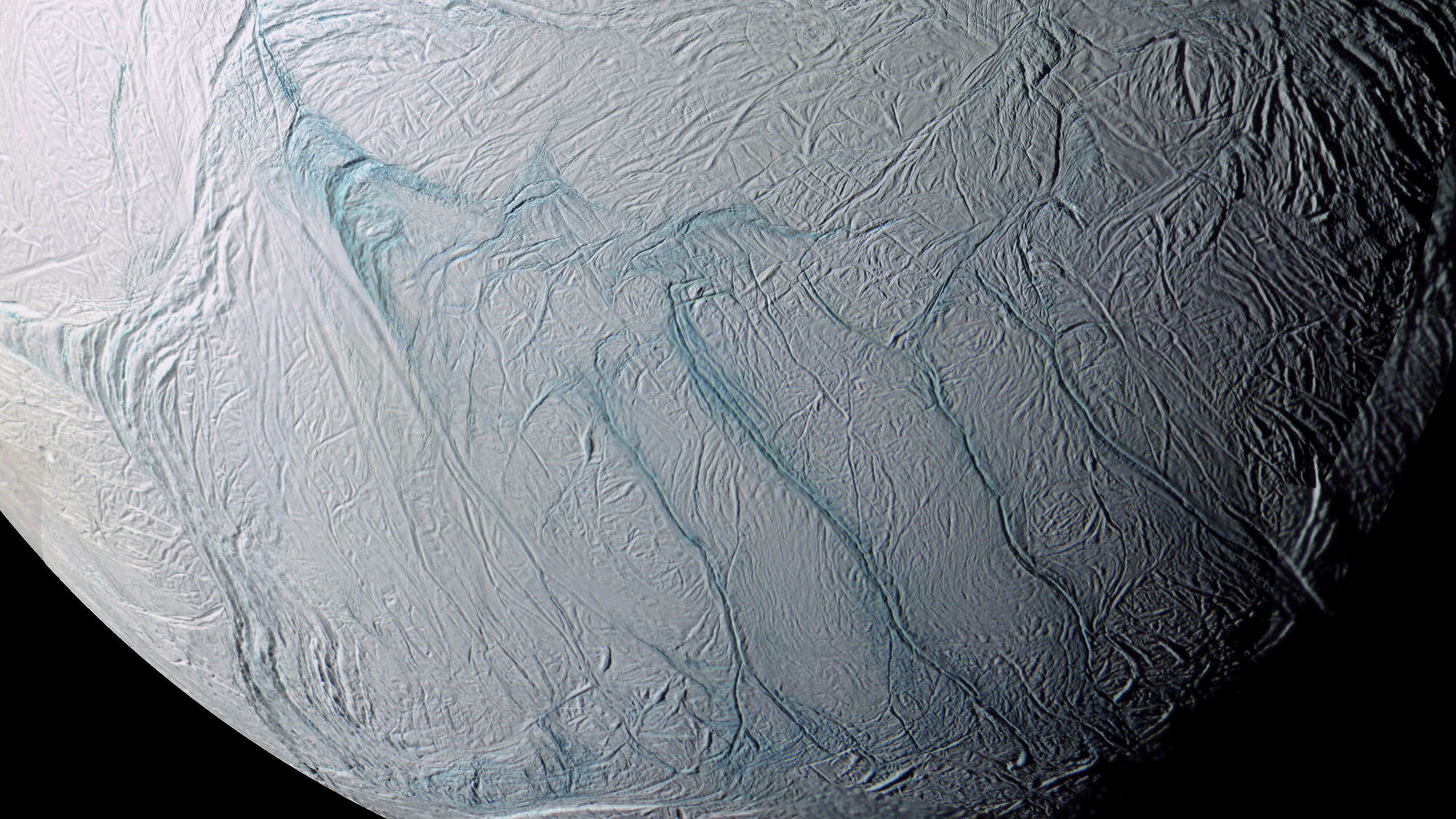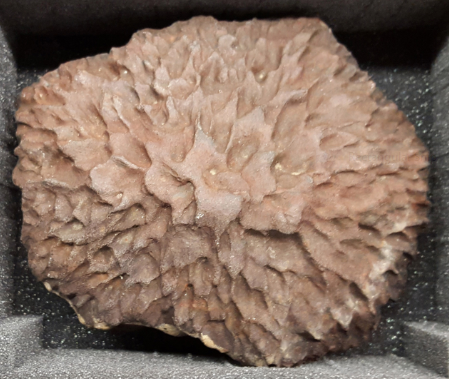Gallery Events
Jul
172016 |
Prof. An YinGeysers and Plate Motion on Saturn's Icy Moon EnceladusLocation: Slichter 3853 Saturn’s moon Enceladus has a radius of 500 km; it is the second nearest to Saturn of the larger satellites. The Cassini spacecraft discovered a series of “steam” geysers associated with a “tiger-stripe” terrain. The stripes appear to be boundary between blocks of ice tens of kilometers thick floating on a subsurface ocean. An Yin has carried out much research on the motions of crustal blocks on the Earth, and has applied the same approach to better understand the origin of the tiger stripes on Enceladus. The presentation will include photos of Saturn and its moons and rings and a discussion of possible explanations for the formation of the special features of Enceladus. Image credit: NASA/JPL-Caltech/Space Science Institute 
|
Jun
192016 |
Nicholas GesslerOriented Meteorites: Nature’s Sculpture by FireLocation: Slichter 3853 Meteorites enter the Earth’s atmosphere at speeds near 40,000 mph. These extreme velocities compress the air into a luminous hot plasma which envelopes them like a sheath. Most meteorites tumble during their fall; fragmentation is common. However a few exceptional ones maintain a stable orientation with one side continually facing forward (like space capsules). These oriented meteorites are sculpted into patterns of great beauty. Nick Gessler will discuss the physics and aesthetics of these rare rocks from space and focus on the newest addition to the UCLA Meteorite Gallery: a unique world-class oriented meteorite found near Baker, California. 
|
May
152016 |
Prof. Ed YoungThe asteroid-meteorite connectionLocation: Slichter 3853 Meteorites come from the Asteroid Belt, a part of the Solar System mainly between 2.2 and 3.4 AU, intermediate between the orbits of Mars and Jupiter. Meteorites are well characterized by laboratory studies. The properties of asteroids are mainly obtained from astronomical observations in the visible and infrared. From these we can infer where certain meteorite classes originated. |
Apr
102016 |
Kynan HughsonCeres in the Light of DawnLocation: Slichter 3853 |
Mar
132016 |
Paul WarrenMoon landing conspiracy debunked: How Apollo samples and lunar meteorites prove that astronauts really landed on the MoonLocation: Slichter 3853 |